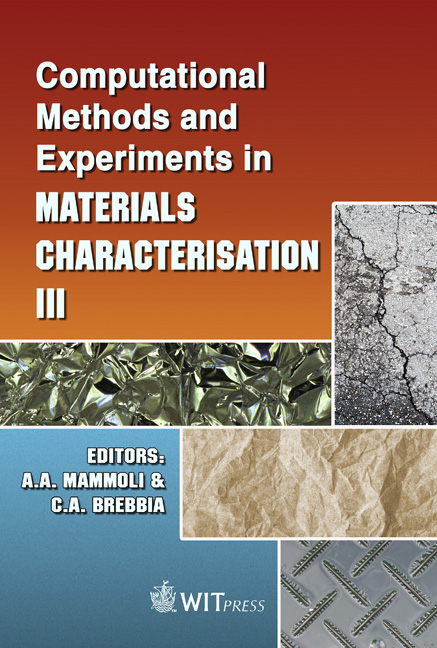Experimental Study On Fracture Behaviour Of Polycrystalline Ceramics Under Shock Loading
Price
Free (open access)
Transaction
Volume
57
Pages
7
Published
2007
Size
718 kb
Paper DOI
10.2495/MC070051
Copyright
WIT Press
Author(s)
J. T. Zhou & G. W. Yao
Abstract
Plate impact experiments and impact recovery experiments were performed on 92.93wt% alumina ceramics using a 100-mm-diameter compressed-gas gun. Free surface velocity histories were traced by a VISAR velocity interferometer. There is a recompression signal in free surface velocity, which shows evidence of a failure wave in impacted alumina. The failure wave velocities are 1.27km/s and 1.46km/s at stresses of 7.54GPa and 8.56GPa respectively. It drops to 0.21km/s after the material released. SEM analysis of recovered samples showed the transit of intergranular microcracks to transgranular microcracks with increasing shock loading. The failure wave in impacted ceramics is a continuous fracture zone which may be associated with the damage accumulation process during the propagation of shock waves. Keywords: plate impact experiment, alumina ceramics, failure wave, dynamic fracture, SEM. 1 Introduction Since failure waves were first observed propagating in glass rods under dynamic compression by Bless et al [1] and in glass plates under high-pressure impulsive loading by Rasorenov et al [2], a series of plate impact experiments, bar impact experiments and impact recovery experiments have been performed on a range of glasses under various impact stresses [3–6]. These experiments show the failure fronts are generated in silicate and filled glasses at a stress near or below their Hugoniot Elastic Limits and propagate from impact surface to interior at velocities in the range of 1.5–2.5km/s. The failed glass has lower acoustic impedance and sound speed than the intact material. The failed layer nearly loses
Keywords
plate impact experiment, alumina ceramics, failure wave, dynamic fracture, SEM.





